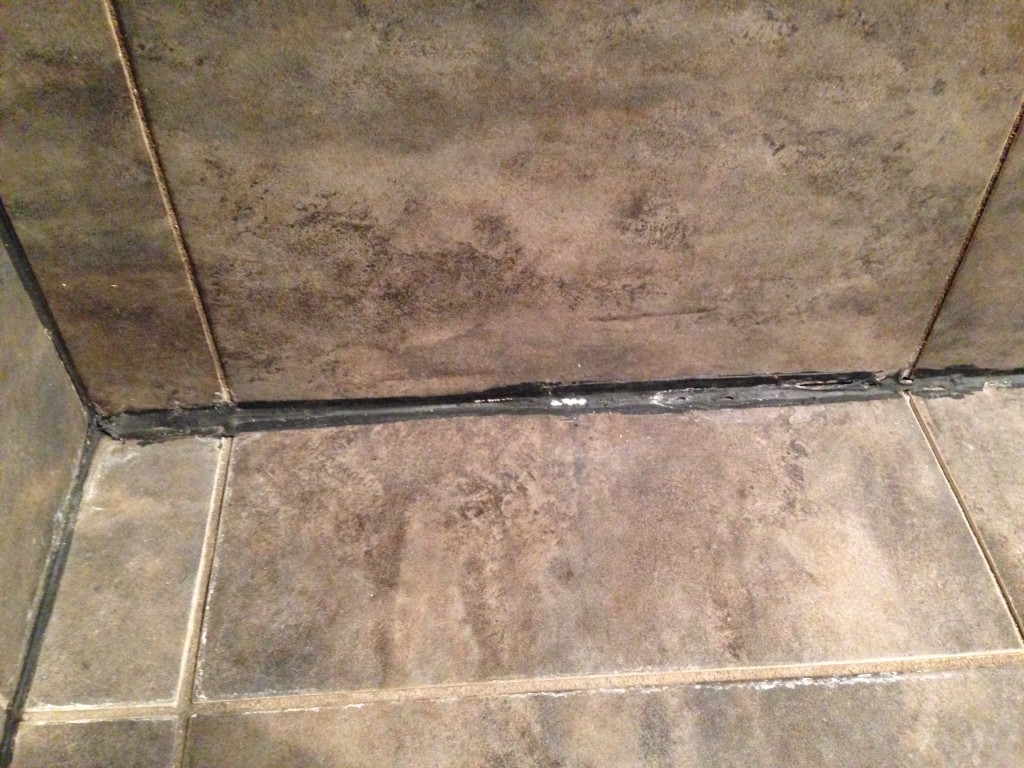Types of Termite Treatments
Physical Termite Controls
Around the mid to late 1990’s non-chemical termite controls begun surfacing in the industry for Pre-Construction termite control measures. Pre-construction termite controls are those carried out during the construction of a building. As of today, there is the predominant form of termite controls for new construction, as around 2006 the BCA was amended to require a design life of at least 50 years for termite controls of new building work. Chemical termiticides last for between 3,5,8 or 10 years depending on termiticide used and application rate and therefore, unless a reticulation system is installed that can be easily replenished, they do not meet the minimum design life. As physical termite controls are not of a chemical base they last much longer however based on our experiences they are by no means infallible and despite their obvious benefits of longevity they should not be considered a certainty to prevent termite activity. In fact, we have carried out many inspections where physical termite controls are in place and there has been a termite intrusion into the structure. There are many varieties and products of Physical Termite Control Measures and it seems over the years more and more keep getting added to the list. Some examples of Physical Termite Controls are stainless steel mesh, crushed granite stone, crushed glass, PVC, and aluminium.
Chemical Termite Controls
Are areas of ground that have been treated with an approved termiticide to impede subterranean termites from gaining access into the structure. The term ‘Treated Zone’ is now applied instead of the more readily used expression in former years ‘Chemical Termite Barrier’. This was changed due to litigation, as the use of the word ‘barrier’ implies an impenetrable obstacle, which the termiticides available today are not, rather they will only impede any foraging termites. These types of termite treatments are the predominant form of treatment carried out for retrospective treatments i.e. when a house is already built and not during its construction. The termiticides available today are far safer and suitable for the environment, compared to those used up until 1995, which were of the organochlorine variety. Being an inorganic compound, organochlorine termiticides did not break down and were very damaging to the environment, hence them being banned in 1995.
Termite Baiting Stations
This is the newest instalment of termite control available in today’s market, and by far and away based on our experiences seems to be the preferred method for the greater majority of the industry. This it would seem from what we have encountered during our inspections, cannot be based on the success of baiting systems, rather the economic benefits the termite control technician or company receive. There have been countless inspections we have done where this kind of termite control is in place and has been in place for some years, yet we identify active termites either within the structure or block. This can be no better demonstration of how ineffective this kind of termite control seems to be, despite the endless flow of literature and marketing from the industry about its benefits and success. The sad conclusion we have arrived at is that the financial difference between the use of termite baiting stations and a chemical treated zone installation is the reason why this form of termite control is the most preferred within the industry. One can only arrive at that conclusion when considering our inspection findings where it is very common for us to find active termites in the block or structure, despite the fact there have been baiting stations in place for a long period of time, and in many instances in excess of a year. Far from being the preferred form of termite control, the use of termite baiting stations in our opinion should be seriously questioned and their value likewise. To demonstrate this point, we provide the following example of what it would cost to provide termite control measures for a low set, slab on ground, standard size house for the option of termite baiting stations and secondly a Treated Zone chemical termiticide application around the entire perimeter of the structure. The prices are based on average industry figures around late 2015. A Treated Zone installation could be achieved for a figure of around $3,000 to $4000 including GST and the Termiticide has a duration of 10 years (maximum). This form of termite control also has the obvious benefit that there is an agent in place around the perimeter, to impede termites accessing the property. In relation to a baiting station program, there would be an initial installation cost for the baiting stations being placed within the block, which can range from around $2,000 to $5000, dependent on the amount of stations put in place. Then there is the contract that you would be required to enter into for the termite technician/company to monitor and regularly check the baiting stations and apply chemical where activity is found. These contracts are from around $700-$1500 per annum.
To conclude, a Treated Zone installation has a cost of between 3-4 thousand dollars and will go for 10 years without the need to inject more money.
If you want the same time frame of 10 years, but with baiting stations, depending on certain variables like what brand of baiting stations are used, how many baiting stations are placed and how often they are checked, etc you would be looking at around $13,000 (based on initial cost of $3,000 installing stations and an annual contract charge of around $1,000). A difference of around $9000 to have baiting stations installed, which are not continuous and around the exterior perimeter of the structure, like a Treated Zone is and will, at least, impede concealed termite entry into the structure, and based on our experiences are completely ineffective and only serve the purpose of lining the pockets of the installing termite technician/company. In conjunction with this observation is the stipulation within the Australian Standard for Termite Management of existing structures, which clearly says that this kind of termite control (termite baiting stations) should not be used as a stand-alone termite control for a property, rather it should be used as a monitoring system, and in conjunction with other termite control measures (Australian Standard 3660.2 2000, Section 6.5).
Termite baiting stations are not protective ‘Treated Zones’ and they do not physically impede concealed s/termite access into structures. The science on these baiting systems should be regarded as experimental. Despite claims made by the manufacturers of the product, no long-term independent research or findings have ever been made available on the overall success of baiting systems and to the contrary our experiences through our inspections over the years have demonstrated them to be entirely ineffective. They are however a recognised and approved form of termite control.
Current Termiticides Available for Chemical Termite Controls
There are four approved termiticides available for this kind of treatment Fipronil, Bifenthrin, Chlorpyrifos and Imidacloprid. They all perform different functions, have many different brand names associated to them. They also have different life spans, ranging from 3,5,8 or 10 years.
Two Treated Zone termiticides (Bifenthrin and Chlorpyrifos) are designed to act as a repellant and will be effective (subject to soil conditions) for either 3, 5 or 10 years – subject to mixture rate and environment applied in.
The two other termiticides (Fipronil & Imidacloprid) are designed not to repel but to allow termites to pass through the Treated Zone and come into contact with the chemical, thereby developing a fatal disease and dying. The hope then is that nest eradication may be achieved, as the other termites cannibalise the dead termites and get the disease too, then pass it on, and so on and so on. This science and advice is from the manufacturer of the chemicals and actually substantiating the nest eradication is almost impossible, as it would need to be found.
Determining Effectiveness of Chemical & Physical Termite Controls
It is almost impossible to ascertain whether or not an existing residential structure has effective termite control measures in place. The providing of any certification for termite control measures would only substantiate that a treatment has been done and the variables associated with that treatment. It would not confirm that any that may have been installed are completely effective in terms of impeding concealed termite entry into the structure.
As the structure is in situ many of the areas where termite controls are installed are completely visually inaccessible e.g. beneath concrete slabs and therefore cannot be tested or visually inspected for their effectiveness. The only method available to try and determine if a termite control measure is effective (and only for chemical Treated Zone installations) would be by carrying out specialised soil testing methods, by way of taking soil samples strategically from the building line, and then having them scientifically tested by an approved laboratory. Only by doing this could you scientifically prove and confirm whether or not the soil has a Termiticide attached to it and therefore if there are termite control measures in place for the structure.
Even by doing this it would be almost impossible to conclude that the entire perimeter is protected adequately, as to do this soil samples would need to be taken from all areas of the exterior perimeter. This would obviously be logistically difficult to achieve and very costly. None the less, that is the only way a determination could be definitively made, in relation to what chemical termiticide is actually in place.
It is also not possible to determine the effectiveness of any physical or physical/chemical termite control measure , as the materials used for the physical termite controls are visually inaccessible e.g. many are embedded in concrete slabs, encased in the exterior cladding or concealed by some other factor.
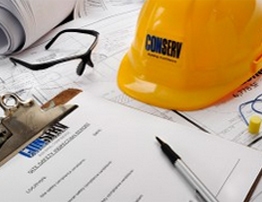
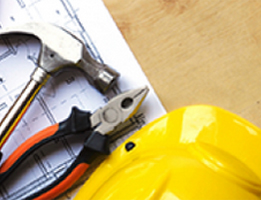


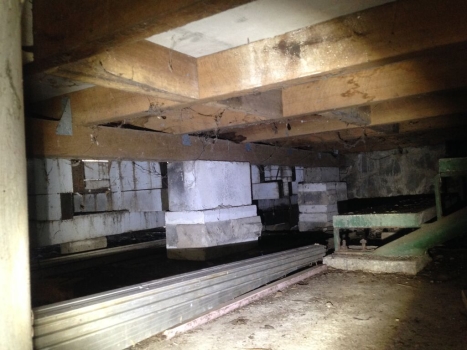


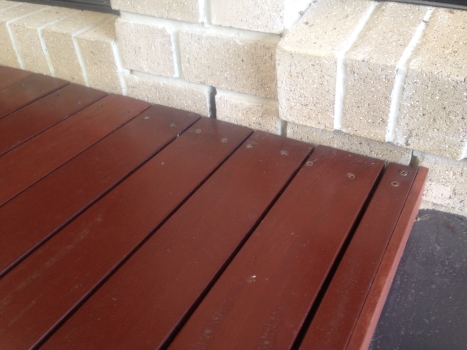
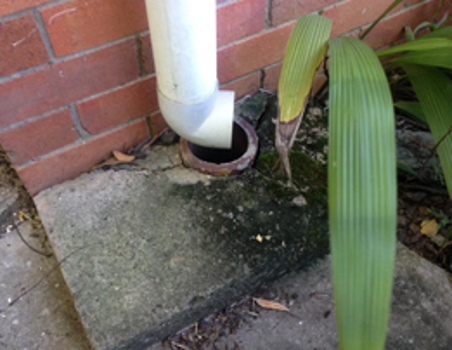 All too often during our inspections we identify areas which are conducive to the collection of retained ground moisture near a structure. Elevated moisture levels are known to provide conditions favourable to Timber Pest activity, particularly termites, and it is vital that every effort be made to avoid these risks. The most common causes of retained ground moisture are inadequate surface water drainage, downpipes not connected to drainage outlets, no gutters in place for roofing areas, outlet pipes for air conditioners, relief and overflow valves for hot water cylinders, corroding and join leakages of gutters and downpipes, defective or incomplete flashing and plumbing for rainwater tanks leaking. These are all issues which can be, and should be rectified, if they are in existence at a property.
All too often during our inspections we identify areas which are conducive to the collection of retained ground moisture near a structure. Elevated moisture levels are known to provide conditions favourable to Timber Pest activity, particularly termites, and it is vital that every effort be made to avoid these risks. The most common causes of retained ground moisture are inadequate surface water drainage, downpipes not connected to drainage outlets, no gutters in place for roofing areas, outlet pipes for air conditioners, relief and overflow valves for hot water cylinders, corroding and join leakages of gutters and downpipes, defective or incomplete flashing and plumbing for rainwater tanks leaking. These are all issues which can be, and should be rectified, if they are in existence at a property.




